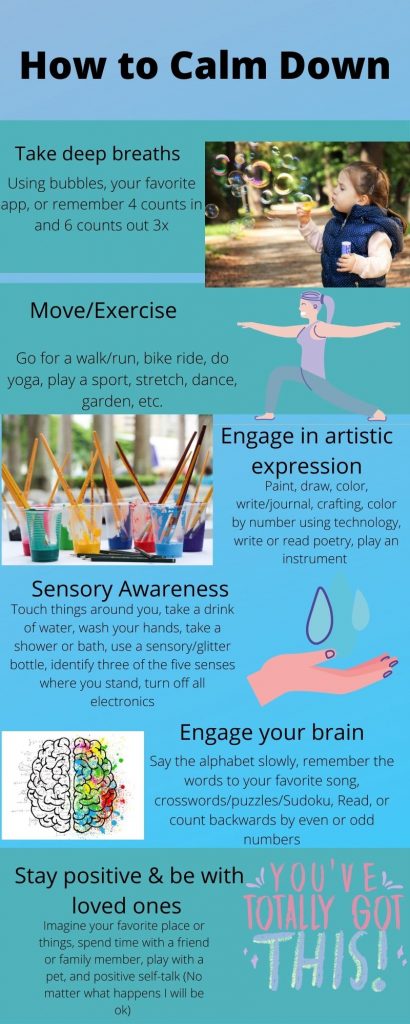I listened to KidNuz a podcast for children and found it informative and entertaining at the same time. It is a daily news report that is about five minutes long, completely unbiased, and is nonpartisan which is refreshing to hear. The news covers a variety of events from sports, science, politics, weather, etc but it does not report any violent news such as murder, assault, or rape. When listening to the podcast (which I did several days this week), I enjoyed the quick information given with a small sound effect between stories. The quiz at the end allows a self check to see how much of the information the listener retains during the podcast. The quiz also provides a review of the material covered without sounding like it was just repeated again. I feel that this podcast would be great for Language Arts or History/Social Studies classes to utilize in grades 5th through 8th. Students would benefit by becoming more aware of current events and encourage them to reflect on the topics with class discussions or in their writings.
First Attempt of an Infographic
So this is my very first time making an infographic. I used Canva and found it pretty user friendly, I typed in infographic and it sent me to a page that allowed me to start from a blank page or use a template. I used a template but changed the colors, font, and put a combination of images and photos that matched my text/topic. This was a tedious task and took a lot of time for a beginner. If working with students I would recommend that they work in groups to break up the different parts of the graphic and to start with paper and pencil to have the text you want included ready to type. Between the images and photos available at no cost they will have unlimited options for visuals in there projects. The only major road block that I encountered during the task was uploading it to WordPress. The blog site did not like the saved PDF format from Canva even though it has uploaded PDF’s in the past so I assume it was the Canva piece that was a conflict. When I changed the format to JPEG there was no issue. I would remind students to be aware of which format they use and to change the format if there is an issue. I wanted to point out that after using this I will most likely be incorporating it into my current position working with youth, I think they would get a kick out of putting learning skills into a visual format.
Derivative Image

Hobster, G. (2017). Gloucester Cathedral [photograph]. Pixabay https://pixabay.com/photos/gloucester-cathedral-cloisters-2391516/ CC 0 (Zero)
Creative Commons
Bishop, L (2017). My favorite place Diagon Alley [photograph]. CC NC-ND
Digital Citizenship a school and community initiative
Digital citizenship is defined as “the ability to use technology in safe and appropriate ways” (2019, Hayes). This is a goal that every school, home, and community should embrace as a need to protect themselves and others. The best way to approach this goal is to start with younger students by engaging them in discussions both at school and at home. As students get older the material will become grade level appropriate. The classroom teachers could be encouraged to utilize activities, videos, and tools given by library staff into lessons and assignments. Another way to engage the families in digital citizenship would be to host Technology Family Nights. Most school’s have assigned a laptop to every student and when giving out such tools the school would be amiss to not address some important rules for students and family members regarding the laptops. Families and students can review and sign a contract addressing the basics of citizenship that will include students learning to “act and model behavior that is safe, legal, and ethical.” (2017, Fingal). Areas to address are student’s digital footprint, staying safe, kindness to others, awareness of false information and privacy, and an understanding of intellectual property. The following facts, discussion topics, and activities are suggested in the classroom or at home.
Permanency is a subject that is of much concern with middle school and high school students. Often students post information online with no regards to the understanding that what is online will be there for many years to come. Fingal shared concerning statistics such as “33% of all colleges research student’s digital footprints” and “47% of students say they do everything they can to protect their digital identity” (2017); what is concerning is that 53% of students do not make an effort to censor what they put online knowing that one third of colleges are looking at their online identity. Another concern is how pictures are shared online and even when taken down others have copied them and then re-shared. Hayes suggests engaging students in a discussion about the information that is posted and how within a few years they may have changed and not want such information out in the world. I would like to share a link to the “Wayback Machine” for use given by Hayes that lets students explore how long material stays on the internet. (2019).
Safety is another important topic. When working with younger students it is important to address “stranger danger” online including not posting pictures, location, and personal information. Older students can look at their digital relationships and address who and how many “friends” they have online who they have not met in person. (Hayes, 2017). When students are driving “94% acknowledge dangers of texting and driving but 35% do it anyway.” (2017, Fingal). It should be a school wide event to have students and parents to sign a no texting while driving pledge.
Kindness to others is another topic that should be addressed at all age levels. It is easy to forget that there is a live person on the other side of the screen (phone, tablet, computer). Students should be made aware of the personal and legal consequences of cyber bullying. In the safe controlled environment of the classroom students should practice making positive comments to peers online or on a Google chat room during a project. Students should be given assignments where they are required to give each other feedback using technology as a way to practice and learn “positive, safe, legal, and ethical behavior when using technology, including social interactions.” (ISTE, 2020).
The internet has endless information but not all of it is true. Students should learn to apply “critical thinking to all online sources… 80% of students mistake sponsored content ads for legit news.” (2017, Fingal). This is very important to make students aware that they should be careful of information and even Apps made available to them. Explain to students about collection technology used to track their navigation online and assist them in maintaining their digital privacy and security by having them adjust the settings on their devices so that their location, gallery, and voice memos are not available. By having students learning what information that these Apps have access to they will be able to make informed decisions to keep themselves safe. (ISTE, 2020)
The last subject is one that can be very confusing and has very legal consequences which is intellectual property. This is a subject that will be addressed most often with high school students. It is important that teachers explain the students own their own work and to teach students on copyright and creative commons. (Hayes, 2019). Students should be able to “demonstrate an understanding of and respect for the rights and obligations of using and sharing intellectual property.” (ISTE, 2020).
I know all this information can seem daunting but by breaking up the material and engaging in these concepts daily in the classroom or home it will become a common practice. We must teach our students to “be kind, respectful, & responsible, & participate in activities that make the world a better place.” (Fingal, 2017)
References
Fingal, D. (2017, December 14). Infographic: Citizenship in the digital age [Blog post]. ISTE Blog. https://staging.iste.org/explore/Digital-citizenship/Infographic%3A-Citizenship-in-the-digital-age
Hayes, L. (2019, September 27). How to promote digital citizenship in the school library [Blog post]. Demco Ideas & Inspiration. https://ideas.demco.com/blog/how-to-promote-digital-citizenship-in-the-school-library/
ISTE. (2020, January 10). Digital citizenship 2a: Digital footprint. [Video] . https://www.youtube.com/watch?v=5ZccXJ_71sY&list=PL6aVN_9hcQEEvj0Jo1vPupd8QgoAYgkoB&index=2&t=0s
ISTE. (2020, January 10). Digital citizenship 2b: Online behavior. [Video] . https://www.youtube.com/watch?v=0GCJC_pcBts&list=PL6aVN_9hcQEEvj0Jo1vPupd8QgoAYgkoB&index=2
ISTE. (2020, January 10). Digital citizenship 2c: Intellectual property. [Video] . https://www.youtube.com/watch?v=cOD-WNdsPBA&list=PL6aVN_9hcQEEvj0Jo1vPupd8QgoAYgkoB&index=3
ISTE. (2020, January 10). Digital citizenship 2d: Digital Privacy. . [Video] . https://www.youtube.com/watch?v=iWEA0xvYlyE&list=PL6aVN_9hcQEEvj0Jo1vPupd8QgoAYgkoB&index=4
Copyright Questions and Answers
I learned that copyright is a very interpretative concept in regards to Fair Use for educators. If a teacher plays a movie for educational purposes in a public school it can be viewed in its entirety but if they are playing a movie as a reward with popcorn and such then this is not allowed. A teacher may use a resource they have and copy it for students within so many pages depending on the material being copied but they are not allowed to give it out to a group of teachers to save the teachers money. They overall deciding factor seems to be if the creator is losing money then it is not fair use.
My question would be about playing movies on streaming platforms such as Netflix. If the teacher has a paid account can she play a movie for her students in a classroom? I often see this in school and now after learning about Fair Use and Copyright have more questions. I also am curious about Copyright regarding websites such at Pinterest where creators voluntarily put materials up, what are the copyright concerns with using these tools?
Hello world!
Welcome to Student Network. This is your first post. Edit or delete it, then start blogging!

